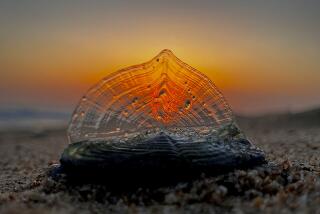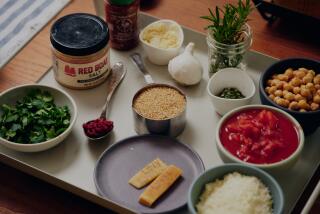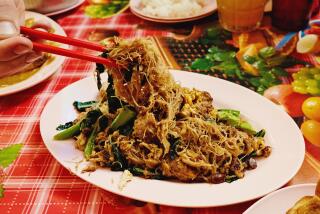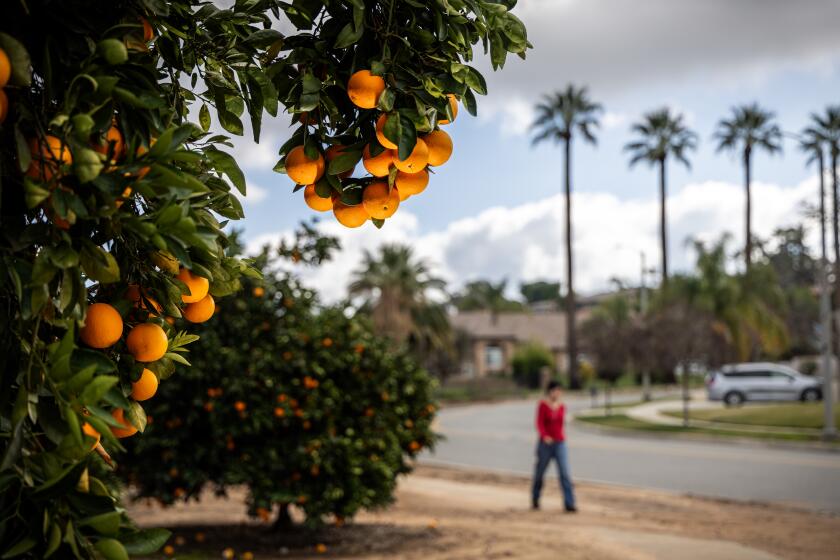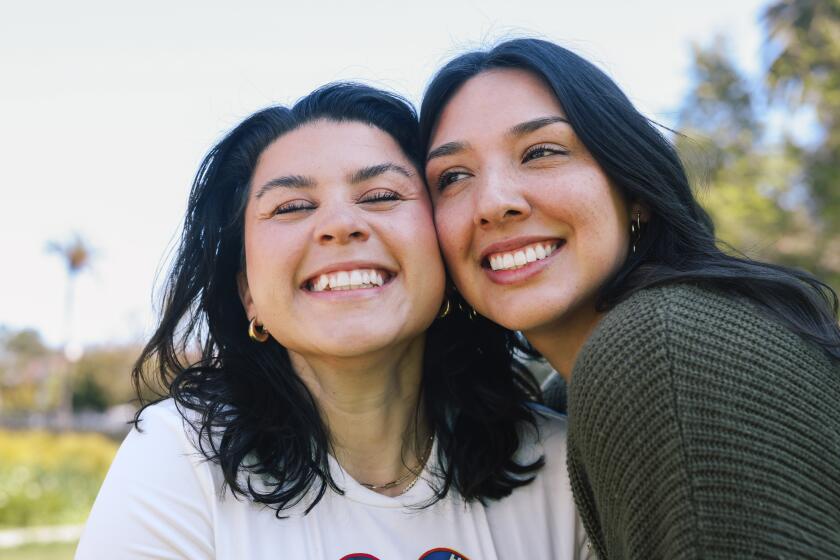Briny Depth
Heartbroken, awestruck and hungry, I stood on a dock in Oxnard watching six 110-pound crates being forklifted into the Ocean Queen delivery truck headed to a processing plant. Thousands of sea urchins piled on top of one another-onyx, purple, claret, dime size and lavender, wiggling and fierce.
Billy the urchin transporter, who looked like Santa Claus and smoked a cheap cigar, stood amid the creatures as they were hauled away. In the sea of slick purple black, I saw soft earthen neon, and instinctively I took the fallen roe and slipped its milky brine into my mouth.
Much like oyster, urchin takes over at once with the cool perfume of marine and briny umami. Channel Island urchins push it further-they leave you smiling over their opaque sweetness. Our Channel Islands are producing uni so exquisite in taste they are auctioned off for the highest prices in Tokyos Tsukiji fish market, second only to the extremely rare and white uni from Hokkaido in Japan.
Billy laughed at me actually eating the stuff and ripped one open to give to Pete the gull, a dock regular with a bum wing who relies on Billy feeding him uni. No one hanging around seemed interested in this live delicacy but the bird and me. Sure, theyd had it on the boat once or twice with a beer and some lemon, but they dont usually go out to sushi bars and order that really expensive orange stuff in the wooden box.
Urchins are harvested by divers who risk their lives in the cold, deep, shark-infested Pacific waters, going out to sea for days at a time. The peak season is from September to April.
The prized Central Coast urchins head to plants in Santa Monica, downtown Los Angeles and Santa Barbara. There, they are cracked open by hand, and the roe is scooped out, rinsed and set in a light saltwater solution, before being placed in small wooden or plastic trays. Sixty percent of it will be exported to Japan and auctioned off for sushi. The other 40 percent will be found on risotto, tangled in foam or laid upon a pillow of rice for no less than 20 bucks a pop somewhere in cosmopolitan California or New York.
This is Southern Californias native rustic food, the way lobster in Maine was once the poor mans meal, ennobled to preppy summer fame. Uni is being thrown to the gulls, shipped to Japan and blogged about as a panini in New York. Why has it passed over those of us who arent foodie bloggers, Japanese power lunchers or maimed dock birds?
I left Oxnard with a bucket of urchins that wiggled the whole way home, spilled all over my trunk in the Valley and wound up on my friends Laurel Canyon driveway as I hosed out the car.
A friend came by and couldnt believe we were about to clean and eat them.
Where are they from, Japan? No, this is iconic Southern California: bluffs, poppies, Meyer lemons, Malibu wildflowers, almonds, tide pools, date shakes, avocados, In-N-Out Burgers and Channel Island sea urchin.
We kept the live urchins iced in the refrigerator until they were served, avoiding direct contact with the ice or any fresh water, as this would kill them. With a folded dish towel and my chefs knife, cleaning the urchins was as simple as cutting off the top, pulling out the center bits in one piece, draining any liquid that remained and carefully removing the roe that clung to their walls with a teaspoon or knife tip.
Why arent Angelenos celebrating with this delectable local treat instead of Russian sevruga at $100 an ounce? I cant think of a more decadent way to fete our food patriotism than a Channel Island uni on toast and flute of Schramsberg rosé.
Lets all learn how to clean a fresh urchin, butter a piece of bread and start loving our prized urchins as much as the suits 5,478 miles away in Tokyo do!
Amanda Chantal Bacon, Assistant Food Editor, searches for culinary perfection and has cooked in a top L.A.restaurant.
More to Read
Sign up for our L.A. Times Plants newsletter
At the start of each month, get a roundup of upcoming plant-related activities and events in Southern California, along with links to tips and articles you may have missed.
You may occasionally receive promotional content from the Los Angeles Times.
